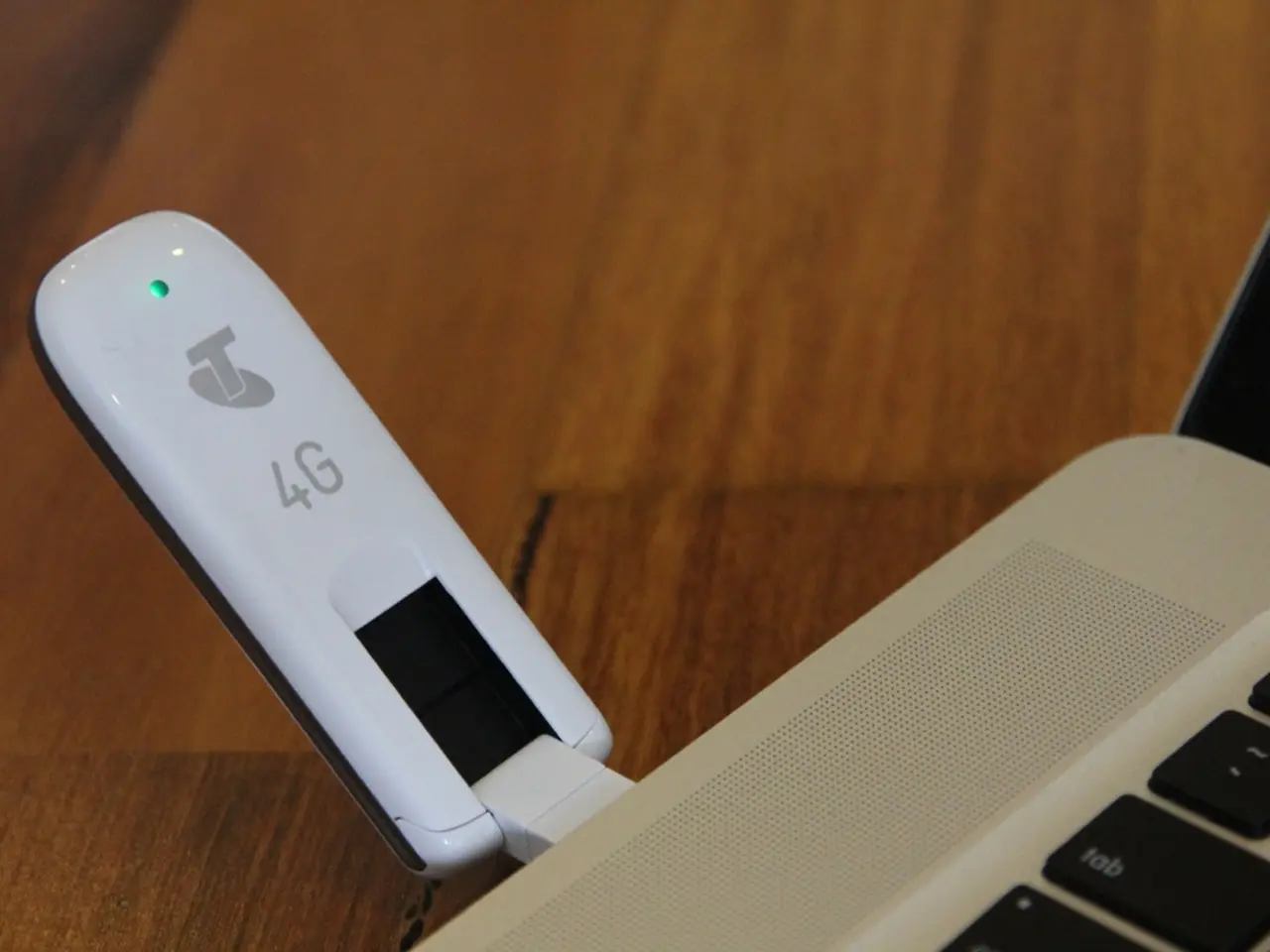Convert Elfin EW10 NMEA naviation data to Wi-Fi effortlessly
Transforming NMEA 0183 Data into Wi-Fi Stream for Navigation Apps
Navigating the seas just got easier with the right combination of devices. In this article, we'll guide you through setting up a system that takes NMEA 0183 data from AIS and other maritime devices, converts it into a Wi-Fi stream, and makes it accessible for navigation apps like Navionics and OpenCPN on tablets or laptops.
Understanding Your Signal Flow
To begin with, it's essential to understand the signal flow. Your devices include the Elfin EW10 Wi-Fi Serial Server, the HF2211 (either a NMEA multiplexer or a proprietary NMEA device), and an RS232 to RS485 converter (used to interface older serial protocols properly onto a balanced RS485 line).
Physical Connections
Step A: Connect AIS / NMEA devices to RS232 to RS485 adapter
If your AIS or HF2211 devices output RS232, connect them to the RS232 side of the RS232-to-RS485 converter. Ensure the wiring matches TX->RX, RX->TX, and grounds are connected. If your AIS outputs RS485 directly, you may bypass the RS232-RS485 adapter and connect directly to the Elfin EW10 RS485 input (if supported).
Step B: Connect RS485 output to Elfin EW10
The converted differential RS485 signals from the converter go to the Elfin EW10’s RS485 terminal blocks. Make sure A/B lines are correctly connected (A to A, B to B). Pay attention to termination resistors, if any needed, on long cable runs.
Configuring the Elfin EW10 Wi-Fi Serial Server
- Power on the Elfin EW10 unit.
- Connect to the device’s default Wi-Fi SSID with a laptop or smartphone.
- Access the configuration page (usually http://192.168.200.1 or specified by vendor).
- Configure the serial parameters:
- Baud rate (typically 4800 or 38400 bps for NMEA 0183, check your device specs)
- Data bits (8)
- Stop bits (1)
- Parity (None)
- Flow control (Usually None)
- Set the RS485 mode if prompted.
- Set the network mode to TCP Server or TCP Client according to your app needs (usually TCP Server).
- Configure Wi-Fi network settings to connect the Elfin EW10 to your marina or boat Wi-Fi network, or keep it as an Access Point to connect your device directly.
Network and Data Streaming
Once configured, your Elfin EW10 will broadcast the serial data over Wi-Fi as a TCP stream. On your tablet or computer, open Navionics or OpenCPN. Set up a new NMEA data connection to connect to the IP address and port of the Wi-Fi serial server. The apps should now receive real-time AIS and other NMEA 0183 sentences over Wi-Fi.
Tips and Troubleshooting
- Confirm baud rates and parity settings on all devices match exactly.
- Verify the RS232/RS485 wiring and device documentation.
- Test the serial data flow with PuTTY or similar serial terminal software before Wi-Fi streaming.
- Use a data logger or PC serial port to confirm clean NMEA data.
- Check that the Elfin EW10 can handle RS485 mode; if not, consider other Wi-Fi serial adapters designed for RS485 NMEA networks.
- Consult device manuals for pinouts and configuration details.
Summary Diagram (Conceptually)
For more guidance on specific configuration parameters, app setup for Navionics/OpenCPN, or troubleshooting serial interface issues, feel free to ask! Don't forget that the Elfin EW10, HF2211, and various RS232 to RS485 converters can be purchased on Amazon and AliExpress. Happy sailing!
With the proper gadgets in place, you can successfully convert NMEA 0183 data into a Wi-Fi stream, bridging the gap between maritime devices and navigation apps on your tablets or laptops. To achieve this, you'll need to use technology such as the Elfin EW10 Wi-Fi Serial Server, the HF2211 (either a NMEA multiplexer or a proprietary NMEA device), and an RS232 to RS485 converter in conjunction with data-and-cloud-computing practices to transform and stream your data.




